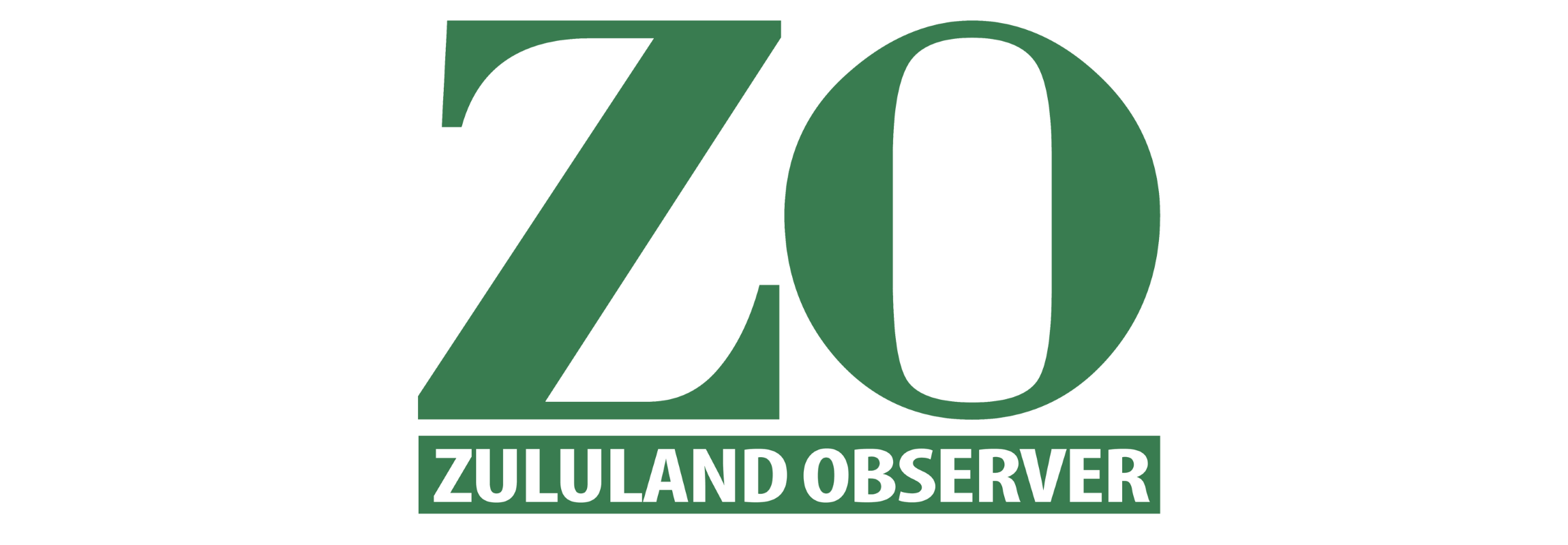Petting lion cubs has consequences
Supporters of the cub petting industry could unwittingly be contributing to the decimation of the lion population

LION cub petting sanctuaries may not be all they are advertised to be and members of the public should reconsider participating in this activity that could be detrimental to the health of big cats.
This is the sentiment of Four Paws South Africa’s country director, Fiona Miles, who said unsuspecting animal lovers, through supporting the petting industry, could be contributing to the decimation of the lion population.
She said not everyone has the best interests of Africa’s big cats at heart and, while most facilities claim the lion cubs that participate in the petting activities are orphaned, in most cases they are not.
‘These cubs are bred on demand in captivity to feed these petting establishments with a continuous stream of lion cubs,’ said Miles.
She said there are about 300 farms on which lions are bred and kept for commercial purposes and, while there are 3 000 lions in the wild, there are between 8 000 and 10 000 living in captivity.
Petting negatively affects cubs’ health
Big cats sleep many hours a day, especially young cubs.
But when they are forced to interact with paying guests for between eight and 10 hours a day, they become exhausted.
For cubs to safely interact with people, they must be habituated.
This involves removing the cubs from their mother soon after birth, to be hand-reared by people.
‘This is not only incredibly stressful for the mother and her cubs, but the cubs also don’t receive the goodness of the mother’s milk,’ said Miles.
‘As these cubs are not raised by their natural mothers and often live without adults of their own kind teaching them how to behave, hunt and interact with their peers, they don’t know how to be a big cat.’
Cub petting feeds the lion trade
Once the lions used in the cub petting industry become too big to safely interact with people, they are either used in the canned hunting industry or killed for their bones, which are sold to the Asian market.
South Africa is reportedly the largest exporter of lion bones for use in Southeast Asia, with an annual export quota of 800 lions skeletons approved by the Department of Environmental Affairs last year.
Cub petting farms are not sanctuaries
While many cub petting facilities claim the animals used in petting activities will be reintroduced in the wild, Miles said reintroductions of captive-bred, hand-reared lions is virtually impossible.
‘Instead of visiting a cub petting farm, rather support a true sanctuary which are captive wildlife facilities that don’t breed, trade, or offer interactions, but instead provide a forever home to animals that can’t be returned to the wild.
‘Alternatively, visit one of South Africa’s beautiful national parks or private game reserves, where you can see these animals in their natural habitat.’
HAVE YOUR SAY
Like our Facebook page and follow us on Twitter.
For news straight to your phone invite us:
WhatsApp – 072 069 4169
Instagram – zululand_observer

